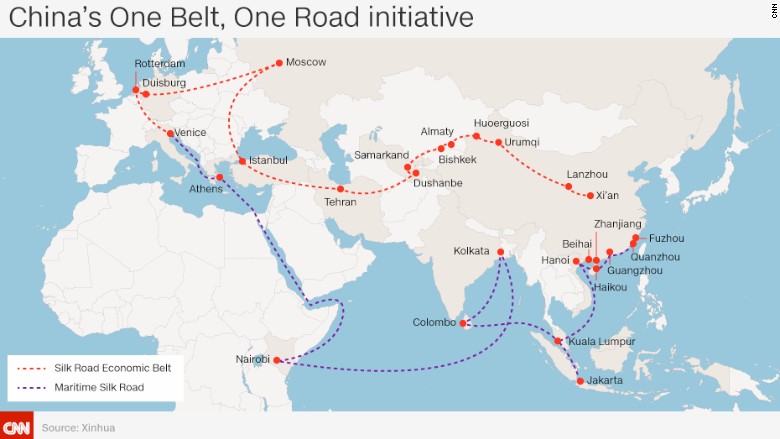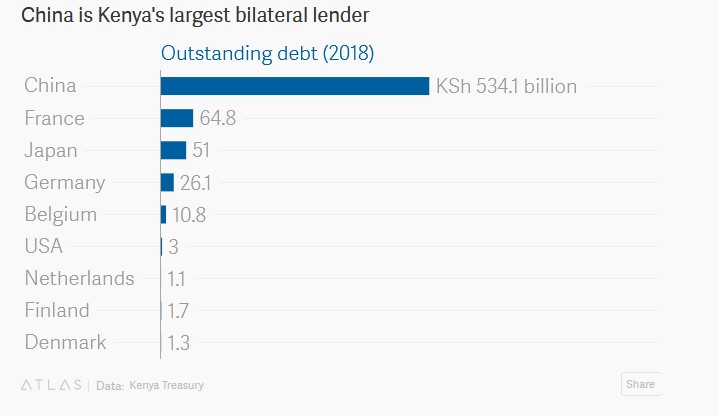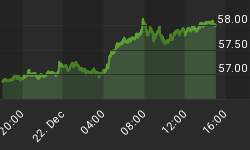Since the 1950s, China has been a key player in global programs through which it cooperates with organizations like the United Nations Development Programme (UNDP) to provide aid to countries in Asia, Africa, the Caribbean and elsewhere. But lately, the country has increasingly cozied up to the world’s developing nations, doling out hundreds of billions of dollars in foreign assistance and development loans every year.
Official data from the Beijing government is hard to come by. But research by AidData, a lab at the College of William & Mary in Virginia, suggests that the country is now close to matching the U.S. as a source of official grants and loans to poorer countries. China gave African countries $354.4 billion in the 15 years ending in 2014 in loans and grants compared with $394.6 billion from the United States.
China’s largesse comes mainly in the form of concessional loans directed towards roads and other key infrastructural projects, such as the hyperscale Belt and Road Initiative (BRI).

(Click to enlarge)
Source: CNN Money
But not everybody is happy about Beijing’s growing benevolence.
The western world is warning that China is saddling some of the world’s poorest nations with unsustainable debt and projects that yield scant benefits for the recipients.
Kenya Heavily Indebted To China
Of course, there is nothing like a free lunch, and foreign aid is nearly always self-serving to a certain degree. Related: Can Markets Resist Growing Geopolitical Tensions?
In the case of China, its foreign assistance seems to have an underlying theme of expanding its addressable markets and also exporting excess domestic capacity in infrastructure and manufacturing.
Still, it’s the pace of this “development cooperation” that’s beginning to raise eyebrows.
A good case in point is Kenya, one of the few African countries that will benefit directly from BRI.
Kenya’s public debt load has ballooned quite dramatically over the past few years, thanks to the country’s constant bingeing on infrastructure loans from China. The country’s public debt recently surpassed the 5-trillion shillings mark ($50 billion)--a 15-point surge over a single year. China now accounts for a whopping 57 percent of Kenya’s public debt, more than eight times the figure by second-placed France.
Kenya’s debt to China has grown ten-fold in the space of just five years.

(Click to enlarge)
Source: Quartz
Kenya is using Chinese loans to upgrade some mega infrastructural projects including rail and road transportation systems as well as expanding energy options and distribution. In a reciprocal move, Kenya is one of 14 African countries that are planning to hold the yuan as part of their foreign reserves.
Related: Merger Mania Takes Hold In Middle East
And the African nation has already begun paying the price: Moody’s downgraded Kenya’s credit rating in May, while the IMF froze a $1.5 billion standby credit facility due to non-compliance with fiscal targets.
While Kenya is yet to be considered as being financially distressed, some of its other BRI partners are not so lucky.
A recent report by US-based nonprofit think tank, Center for Global Development, has identified 8 out of 68 potential BRI borrowers as being at high risk of default. These countries include Pakistan, Kyrgyzstan and Djibouti.
Ultimately, these nations risk getting entangled in China’s debt trap and facing Sri Lanka’s fate after the country was forced to convert a national asset into equity to pay off China after defaulting on a $6 billion debt
By Alex Kimani for Safehaven.com
More Top Reads From Safehaven.com:
















